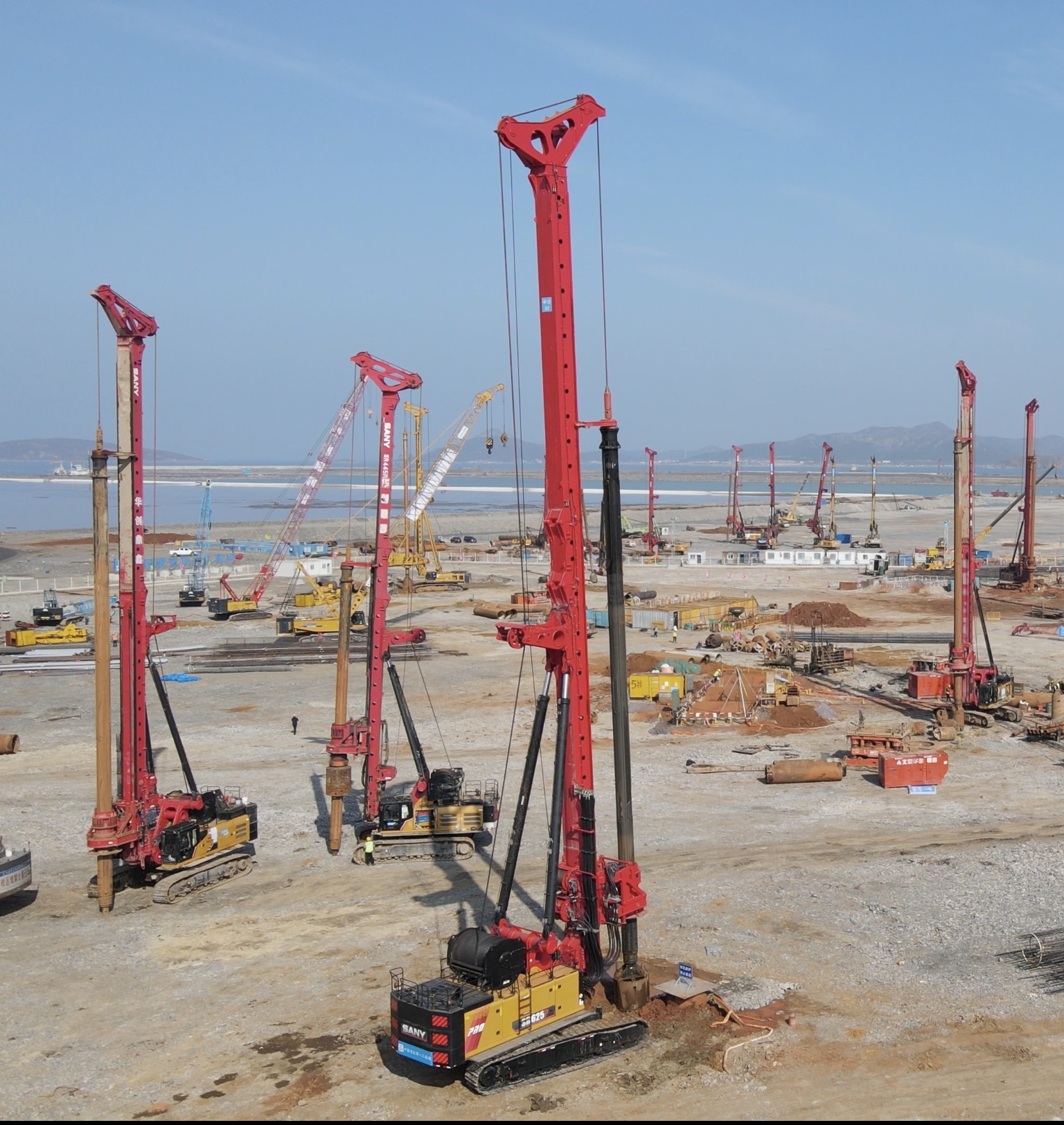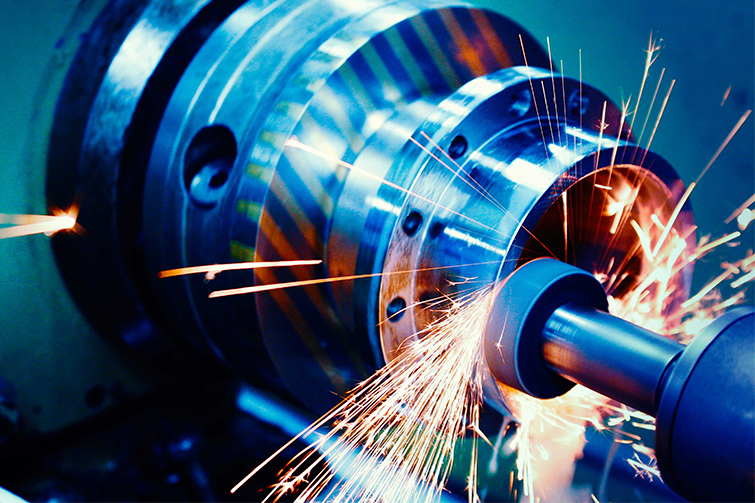

The Changsha China-Africa Economic and Trade Fair: A Blueprint for Infrastructure Development and Economic Synergy

Introduction to the Fair's Infrastructure Demands
The Changsha China-Africa Economic and Trade Fair has emerged as a key event driving cross-continental partnerships, particularly in infrastructure development. As a construction engineering doctoral scholar, I have analyzed numerous projects that align with the fair's objectives, focusing on areas like transportation hubs and energy systems. These projects require precise technical specifications to ensure durability and efficiency, such as soil bearing capacities exceeding 150 kPa and seismic design for zones with peak ground accelerations of 0.3g. The fair's emphasis on sustainable development means that materials like high-strength concrete (compressive strength of 40 MPa or higher) and smart grid technologies are integral, reducing long-term maintenance costs by up to 20%.
Technical Details in Construction Engineering
In the context of the fair, construction projects often involve complex geotechnical engineering and structural design. For instance, foundation works for exhibition centers must account for local soil conditions, utilizing techniques like pile driving with diameters of 600 mm to 1200 mm to achieve load-bearing capacities of 5000 kN. Advanced BIM (Building Information Modeling) software is employed for clash detection and 4D scheduling, minimizing errors by 15% and accelerating project timelines. Additionally, the integration of IoT sensors in buildings allows for real-time monitoring of structural health, with parameters such as deflection limits set at L/360 for beams to prevent failures. These technical measures not only enhance safety but also align with the fair's goal of showcasing innovative Chinese engineering to African partners.
Commercial Value and Economic Impact
Beyond technical excellence, the commercial value of these infrastructure projects is substantial. The fair facilitates trade deals worth billions, with construction initiatives boosting local economies through job creation and supply chain development. For example, a typical project under the fair's umbrella can generate over 500 direct jobs and stimulate ancillary industries, leading to a 10-15% increase in regional GDP over five years. Moreover, the use of cost-effective materials and modular construction techniques reduces initial investment by 25%, making projects more attractive to investors. The long-term benefits include enhanced bilateral trade, with infrastructure enabling smoother logistics—reducing shipping times by 30% and lowering operational costs for businesses engaged in China-Africa commerce.
Common Questions
What are the key technical challenges in building for the Changsha China-Africa Economic and Trade Fair?
Common challenges include adapting to diverse climatic conditions across Africa, which requires specialized materials like corrosion-resistant steel, and ensuring compliance with international standards such as ISO 14001 for environmental management. Technical solutions involve thorough site investigations and the use of adaptive design software to model various scenarios.
How does infrastructure development under the fair benefit small and medium enterprises (SMEs)?
Infrastructure projects create opportunities for SMEs in supply chains, such as providing raw materials or maintenance services. This fosters local entrepreneurship and can lead to technology transfer, boosting competitiveness in global markets.








